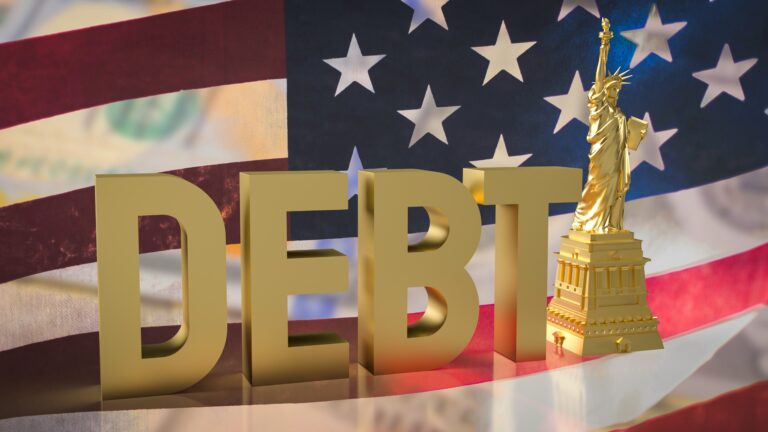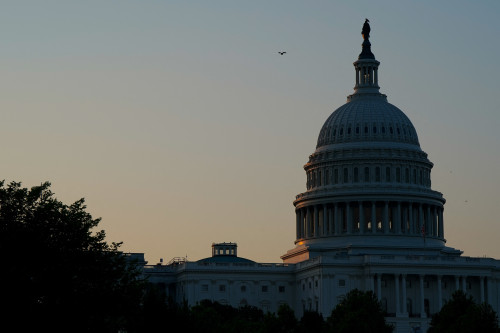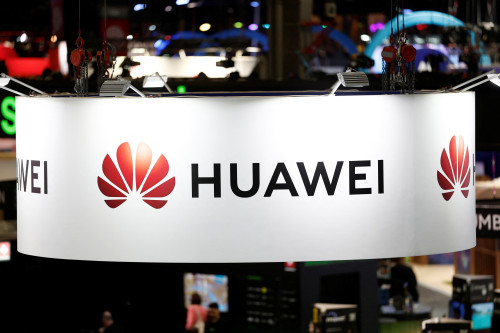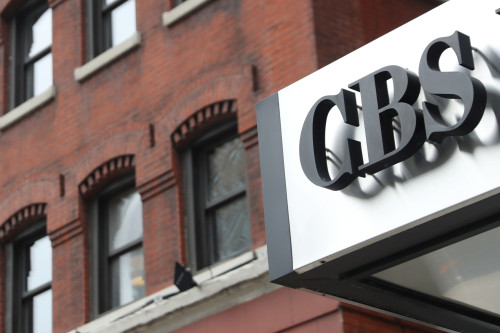
US Dollar Sign Inside of Lifebuoy in Open Water 3d Illustration Concept
(Justin Vaughn, Editor, Options Trading Report)
“Higher oil prices, higher inflation, higher rates for longer. That’s the tightrope that we’re walking right now,” spoken by Ole Hansen, head of commodity strategy at Saxo Bank. The U.S. investor is facing a multitude of negative ‘darts,’ trying to dissect what to invest in, in this troublesome market environment. Oil continues to notch higher, finishing at $86.50 on Tuesday and near $90.00 on Wednesday, up consistently for 9 straight days, ‘lighting up’ the S&P 500 energy sector. As oil climbs higher, concerns abound on the effects of the worsening economic conditions in China, a major consumer of oil and a major influencer of worldwide economic conditions.
As the market opened to a shorter week (Labor Day, Monday) all indices were strapped with bad news and losing ground. Both Benchmark Treasuries were stronger, with the 10-year note edging up to 4.26%, and the 2-year note moving strongly to 4.966%. Markets were soft again Wednesday as stocks illustrated fears of lasting inflation, and a deteriorating Chinese economy, now saddled with the effects of pricey oil. Thursday’s opening was marred by news that China is preventing government officials and “state companies” from using iPhones (Made by Apple). Apple stock fell 3.6% in reaction to the news, falling an additional 2.92% on Thursday. The U.S. Government Consumer Protection Bureau Director, Rohit Chopra, is targeting both Apple and Google, claiming that both companies are “handcuffing’” innovation in the U.S payments system. Mr. Chopra said, “we need strong challenges to dominate Wall Street Banks and card networks.” Investors and traders are ‘haunted’ by reports the economy is “bustling along” with the job market spewing good numbers, showing no weakening, giving little reason to fear a recession.
India Update… Prime Minister Narendre Modi’s boasting of India’s successful South Pole Moon landing, sidesteps India’s ‘non-accomplishment,’ becoming a major industrial nation, able to compete with China, the U.S., and Russia. As Modi so proudly pointed out, the moon landing (Russia’s moon landing crashed and burned just days earlier) bolted together India’s science and technology for a successful mission to the moon, making the country’s 1.4 billion population proud. India’s slice of worldwide manufacturing is ‘trenched’ at 18%, while China’s slice is 28%. Modi’s target is a poultry 25% he hopes to achieve in 2025. “Present import tariffs are proving harmful to exports, with the Indian government’s thinking that increased tariffs will bolster domestic producers,” according to a United StatesTrade Representative. In addition to a weak manufacturing economy, lack of an efficient transportation system exists, bottlenecking finished products. These barriers are handcuffing India’s ability to compete globally. S&P Researchers commented: “To become the global manufacturing destination of choice, India will need massive upgrades in rail, port, and freight corridors. That won’t happen by gazing at the moon.”
One of every seven cars sold last year was an EV (Electric Vehicle), with global sales skyrocketing, 10 million cars were sold beating 2021 by a whopping 60%. It is going to continue, as gearing up production of EV’s is now the future, mandated by nearly every country in the world. Seven states have mandated that by 2035 new cars must be powered by batteries. Zero emission has overtaken the entire globe. Canada, and China have banned manufacturing gasoline autos by 2035, and India by 2040, with several European countries considering bans as early as 2030.
Ten Hot Stocks With Massive Upside Potential
America’s #1 Pattern Trader has found a way to squeeze profits out of Wall Street’s biggest names – giving folks the chance to make 25%, 75%, even 100+% on any given trade within a few days’ time. Today he’s lined up 10 stock patterns, including the stock names, how much they could increase, and when he believes it’ll happen.
Just follow his instructions step-by-step.
RUMBLINGS ON THE STREET
Ed Yardeni, President of Yardeni, Research, Barron’s “We’re going to have a pretty economy going into next year,” say Mr. Yardeni. “The stock market is already looking into 2024 and discounting a better year, with less hysteria over an imminent recession.” With continued disinflation, “the Fed’s next move [for interest rates] might very well be lower,” he says.
Richard Bernstein, CEO and Chief of Richard Bernstein Advisors, Barron’s “My guess–and I emphasize the word guess–is that the economy will be stronger than people think,” says Mr. Bernstein. “That will force the Fed to continue to raise rates.”
John Fish, Chairman and CEO of Suffolk, a $5.5 billion Boston-based Construction Contractor, WSJ “We’re going to come out with a soft landing,” Fish said. Bolt on to that a global economic recovery, additional Federal spending and an eventual decline in interest rates, and “those ingredients will create tremendous demand in the service parts of our economy.”
Mike Wilson, CIO and chief U.S., equity strategist at Morgan Stanley, Barron’s “The Fed can’t really cut rates as aggressively as it has historically, given the inflation problem,” he said. “On the fiscal side it is already unprecedented to have a federal deficit of 8% [of gross domestic product] when the unemployment rate is at 3.5%,” he added. “Typically, this is the way it is when we’re late in the cycle,” he says. “In the absence of hard evidence, people’s views are dictated by price action. The fact that [stocks have] rallied so much has emboldened the view that a soft landing is more likely.”




